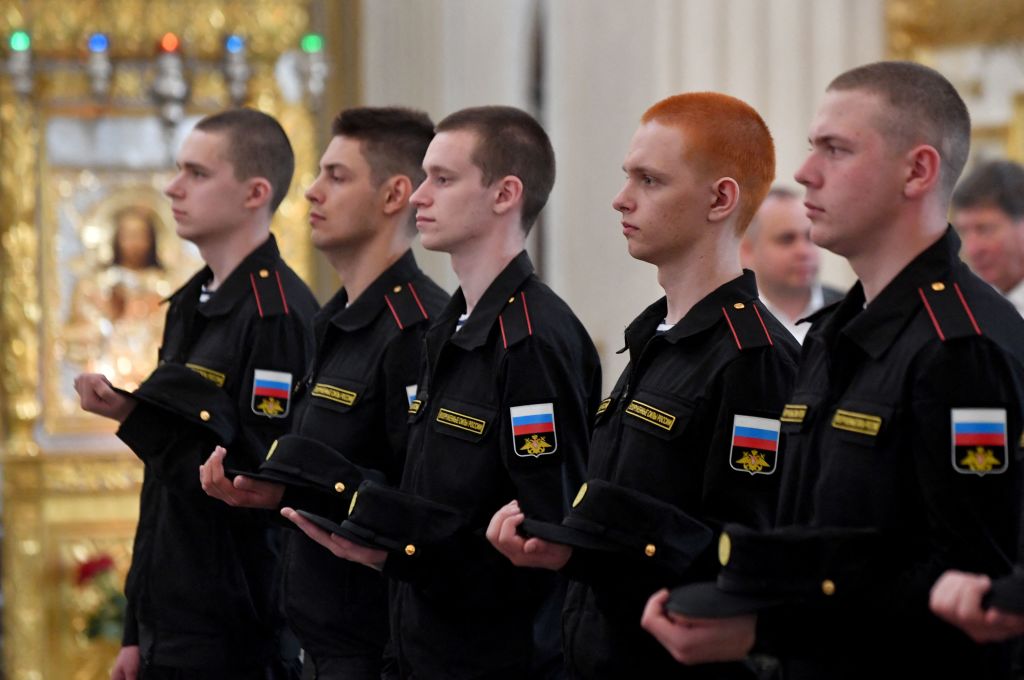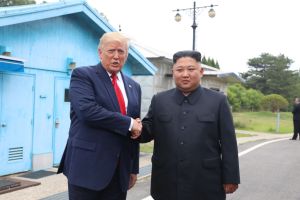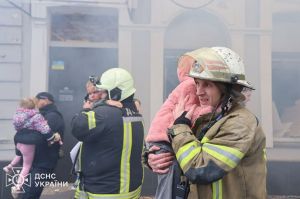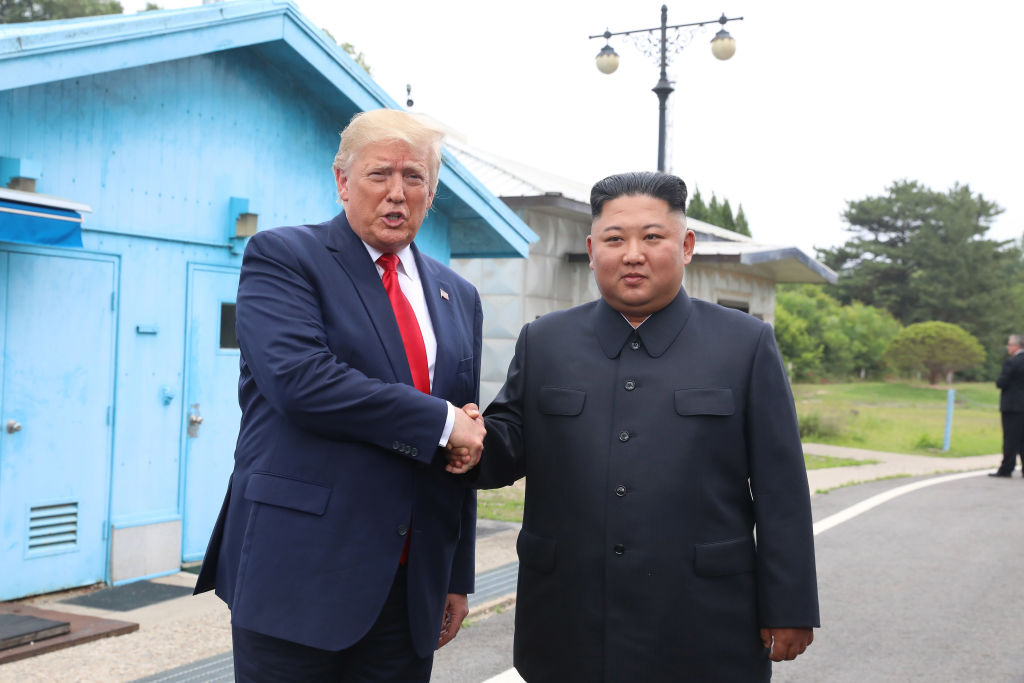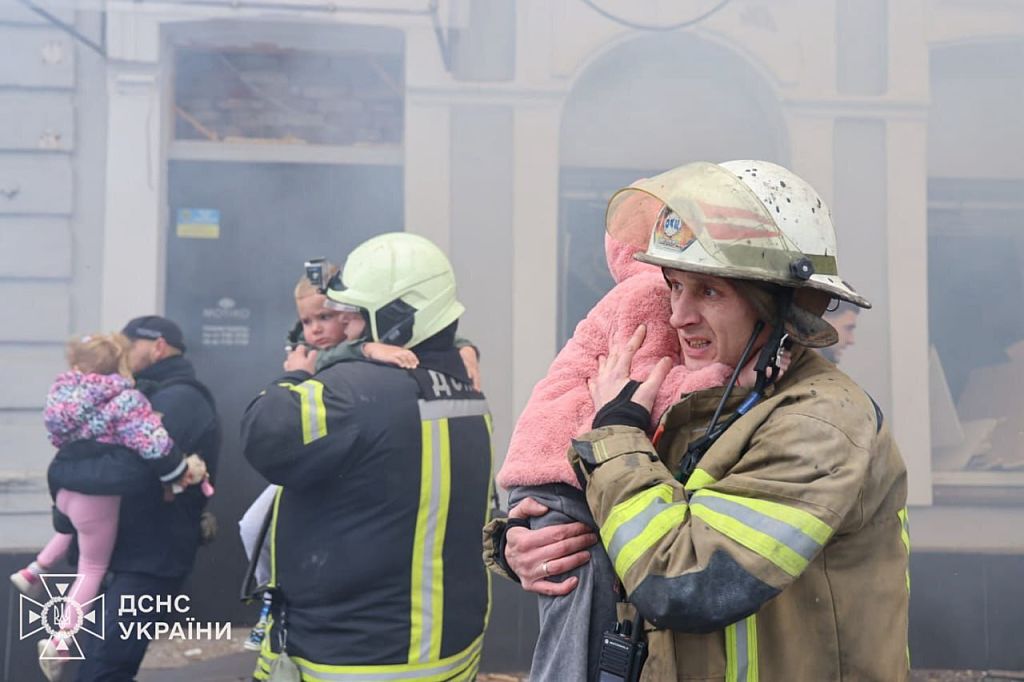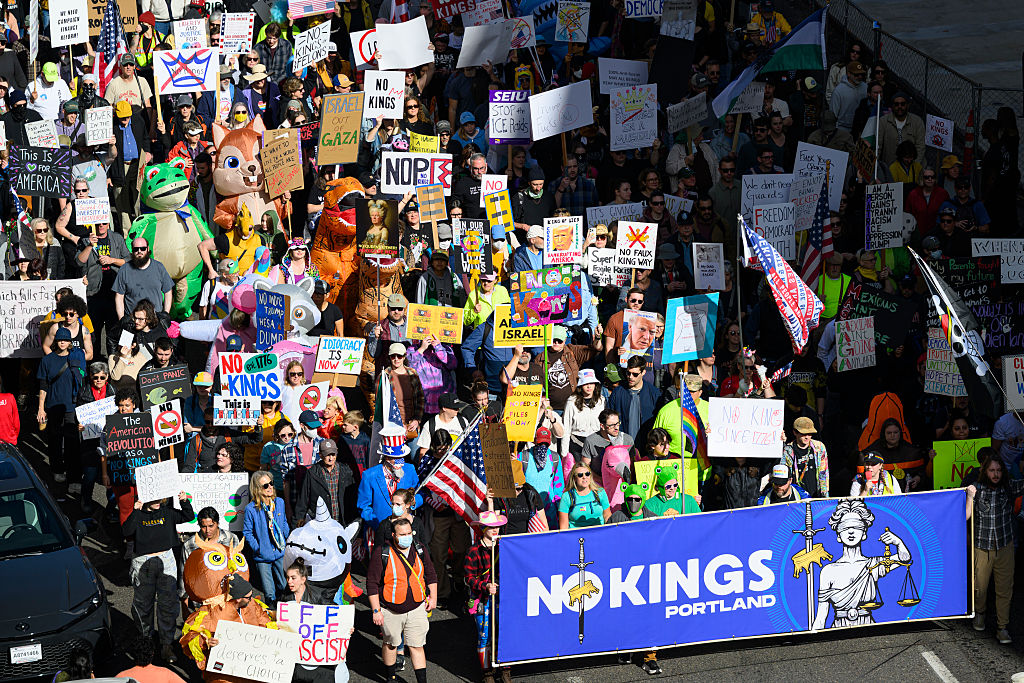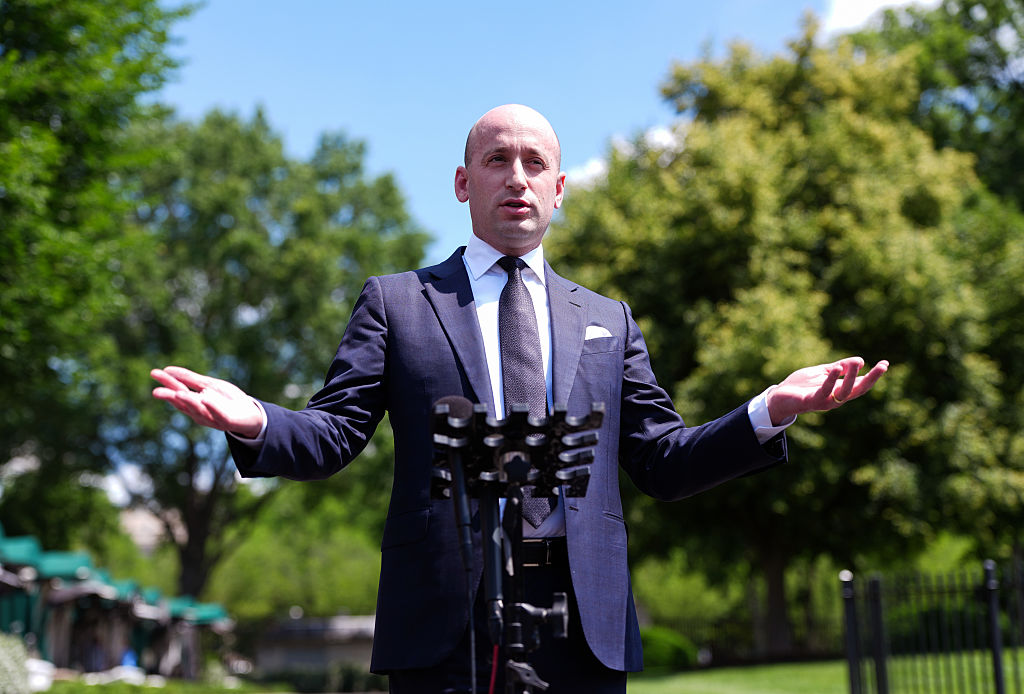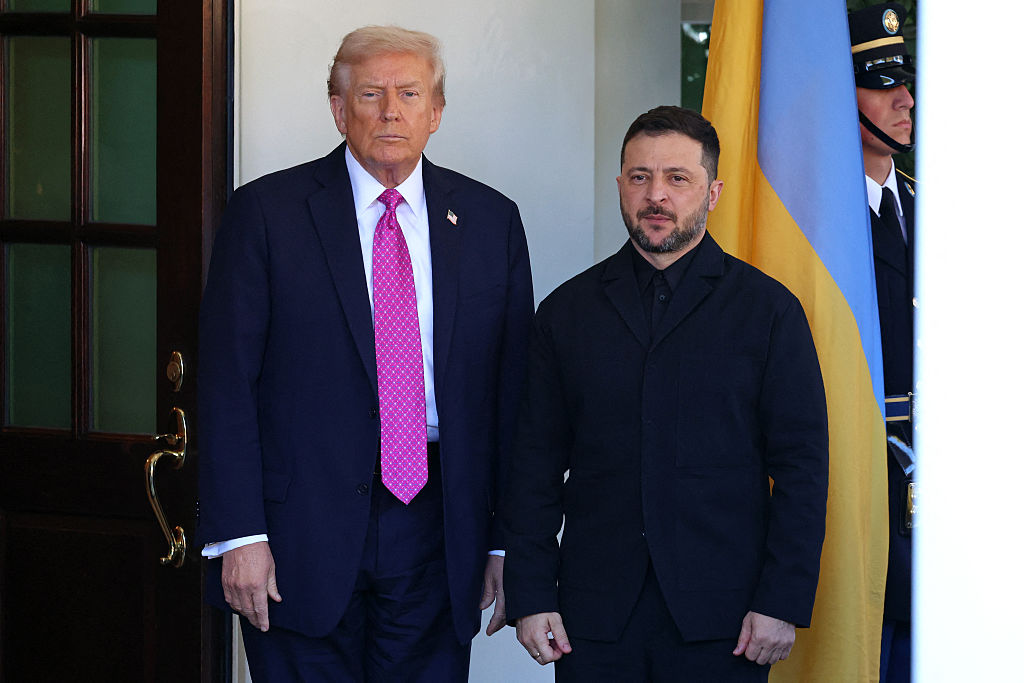We may never understand the series of events and decisions that led Yevgeny Prigozhin to stage an armed rebellion against Russian president Vladimir Putin’s administration with his Wagner Group private military company, or PMC. Prigozhin was opposed to the planned forcible incorporation of Wagner into the Russian armed forces. He also came to be a sharp critic of the fabricated rationale for Russia’s war on Ukraine and the sloppy way it was being waged by its generals, who are more focused on politics than on defeating Kyiv.
Regardless of Putin’s continued standing as leader of the Russian Federation, an armed rebellion that rapidly reached the outskirts of Moscow doesn’t bolster the narrative of a wily strongman in control — a needed fable to maintain control of a feudal-like system of powerful oligarchs.
Now Russia’s oligarchs, who rule largely independent power centers but remain dependent on Putin’s patronage and sufferance, will bolster or create their own PMCs, adding to a volatile mix that may eventually destabilize the present arrangement.
But the larger damage to Putin’s regime and his rule will now likely come on the battlefield at the hands of the Ukrainian military.
Prigozhin’s seizure of Rostov-on-Don and his drive north to Moscow with a few thousand men, downing several Russian helicopters and a costly command and control aircraft on the way, showed Putin’s army outside of Ukraine is a mere Potemkin village designed to keep civilians in line rather than fight a war.
The Russian military is fully committed in the Ukrainian occupation. Its reserves are dwindling, its stores of ammunition are running low and morale is ebbing. The Wagner uprising has further eroded the situation by taking an effective, if brutal, element off the battlefield.
And while Wagner spearheaded the assaults that took the middling town of Bakhmut after ten months of intense fighting, it adds perspective to note that in 1985 the Red Army would have stormed or bypassed a town of less than 100,000 in a day.
Ukraine transitioned to the offense in early June. But many observers have expressed a lack of enthusiasm for the results, focusing on small probing and obstacle-breaching operations with images of destroyed or damaged armored vehicles donated by the West eagerly amplified by pro-Russian bloggers.
But Ukraine is exercising tactical patience, as they have been taught since 2014 by British and American trainers. Ukrainian commanders are methodically conducting shaping operations — drawing Russian forces off the front to the Belgorod region opposite Kyiv with a small force of ethnic Russians fighting under Ukrainian control, destroying command posts, targeting ammunition dumps and degrading logistical lifelines such as bridges and railways.
When Ukrainian forces advance, it can force a Russian response. Battle planners game this out in a process known as “action, reaction, counteraction.” Ukrainians launch a small attack (the action), the Russian mobile reserve force emerges from prepared positions (the reaction), then the Ukrainians hit the now vulnerable Russian force with artillery and missile fire (the counteraction). This takes time, with the end result being a grinding down of the Russians in Ukraine in a remorseless process of attrition.
The Russian army in Ukraine has, after a fashion, been forced to adopt the fire brigade defensive tactics of the invading Wehrmacht in 1943-44 due to a lack of manpower. But a fire brigade defense, a form of elastic defense in depth, only works with a high degree of training, morale, command and control and armored vehicles. Reports out of the Kherson region north of Crimea suggest that Russians moving to counter Ukrainian assaults often use civilian vehicles. Presuming the Ukrainians know these vehicles are being used by the Russian army, hitting them with artillery would result in higher casualties than if the same forces were utilizing armored personnel carriers.
Prewar expectations of the Russian military were significantly overestimated by most observers. How was it that the proud legacy of the victorious Red Army, responsible for 87 percent of Axis soldiers killed in Europe, could degrade to its present state?
After its disastrous defeats in the face of the attacking German army in 1941, and subsequent desperate winter counteroffensive, the Red Army was forced to professionalize. The power of political commissars to second-guess military commanders was curtailed in late 1942.
During the Cold War, the Red Army existed as one of three collaborative pillars in the Soviet Union, alongside the Communist Party and the KGB. Training was rigorous, if unimaginative, and promotions were merit-based — though the NCO corps, never a Russian strong suit, remained undeveloped.
In July 2018, Putin reestablished a political directorate in the armed forces, with the mission of promoting patriotism and personal loyalty to the president. And while promotion of a state ideology is prohibited in the Russian constitution, the man Putin appointed for the job, deputy defense minister Colonel-General Andrei Kartapolov (now a member of the State Duma), declared that “the victory of the USSR over fascist Germany should become the basis of the national identity of the Russians.” This largely explains the hard-to-believe Russian claim that Ukraine, led by a Jewish president, is a Nazi fascist state. It also offers a rationale for why Putin thought Ukraine would rapidly crumble in the face of five widely separated and uncoordinated thrusts made during the muddy season in February 2022 — none of his politically-correct officials dared tell him anything different.
This politicization of the officer corps, along with rampant corruption and cronyism, has significantly crippled both Russian operational execution of the war as well as the industrial base needed to support it.
In the aftermath of the dissolution of the USSR, its once-robust defense industry collapsed. Where once were dozens of locations building tanks, artillery tubes and ammunition, one factory remained for each — underfunded, understaffed and frequently looted of its valuable components. As a result, Russia is unable to produce the materiel it needs for a protracted conflict, increasing the odds that it becomes a mere Chinese vassal.
Russia is struggling to avoid defeat against its smaller, less powerful neighbor. The Russian military’s degradation, visited upon it by a paranoid leader and his corrupt cronies, should serve as a cautionary tale to the US armed forces — increasingly in thrall to a leftist political cadre that demands allegiance to an ideology of diversity, equity and inclusion while decrying climate change as a chief threat.
Ideological obedience is toxic to merit, innovation and military risk taking. Russia’s failure in Ukraine is a reminder that war is humanity’s most unforgiving endeavor.



